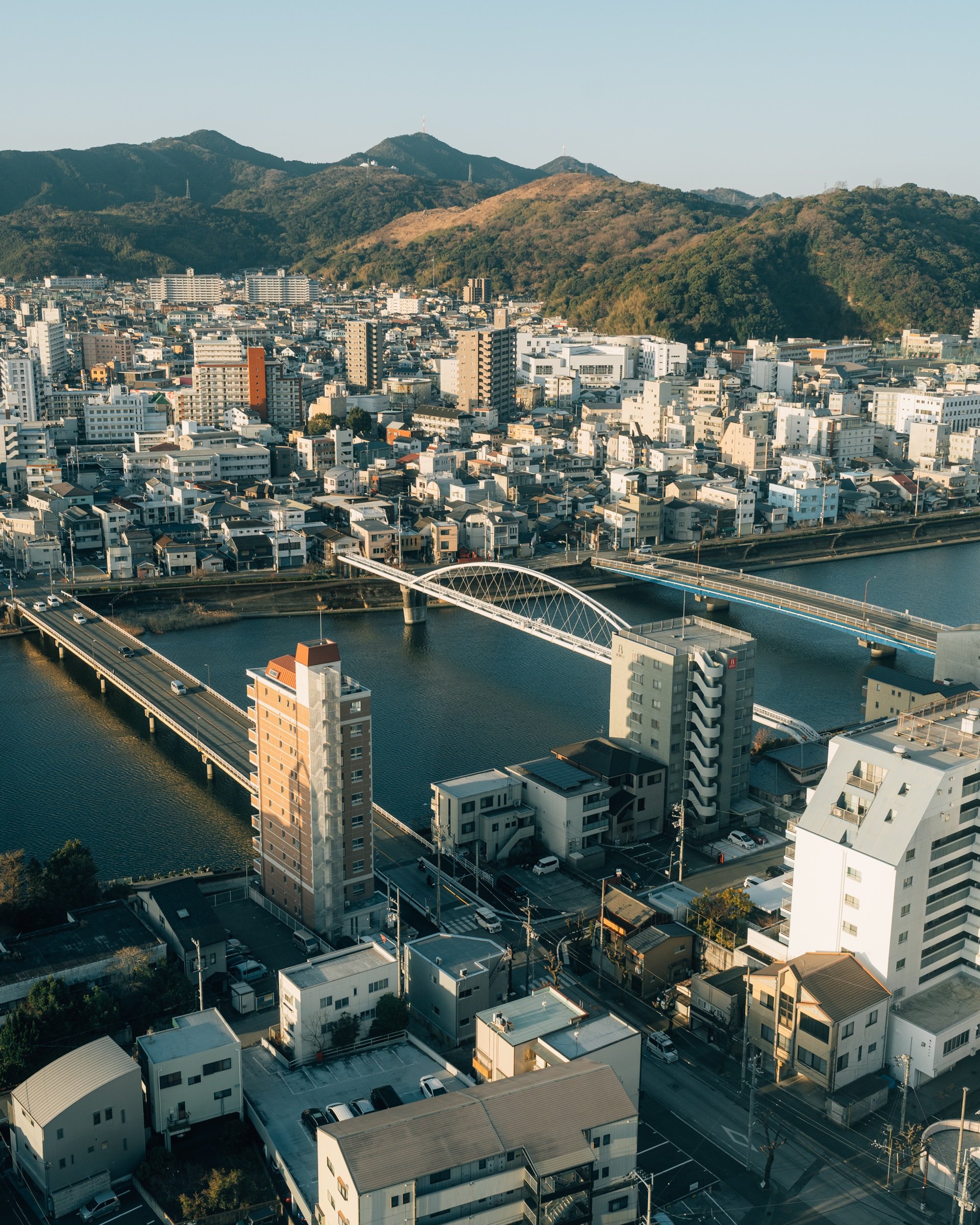With the reopening of Japan in October of 2022 I was called by JNTO Japanese National Tourism organization for an assignment between the end of February and the start of March 2023 focused on nature and to document a less known part of Japan.



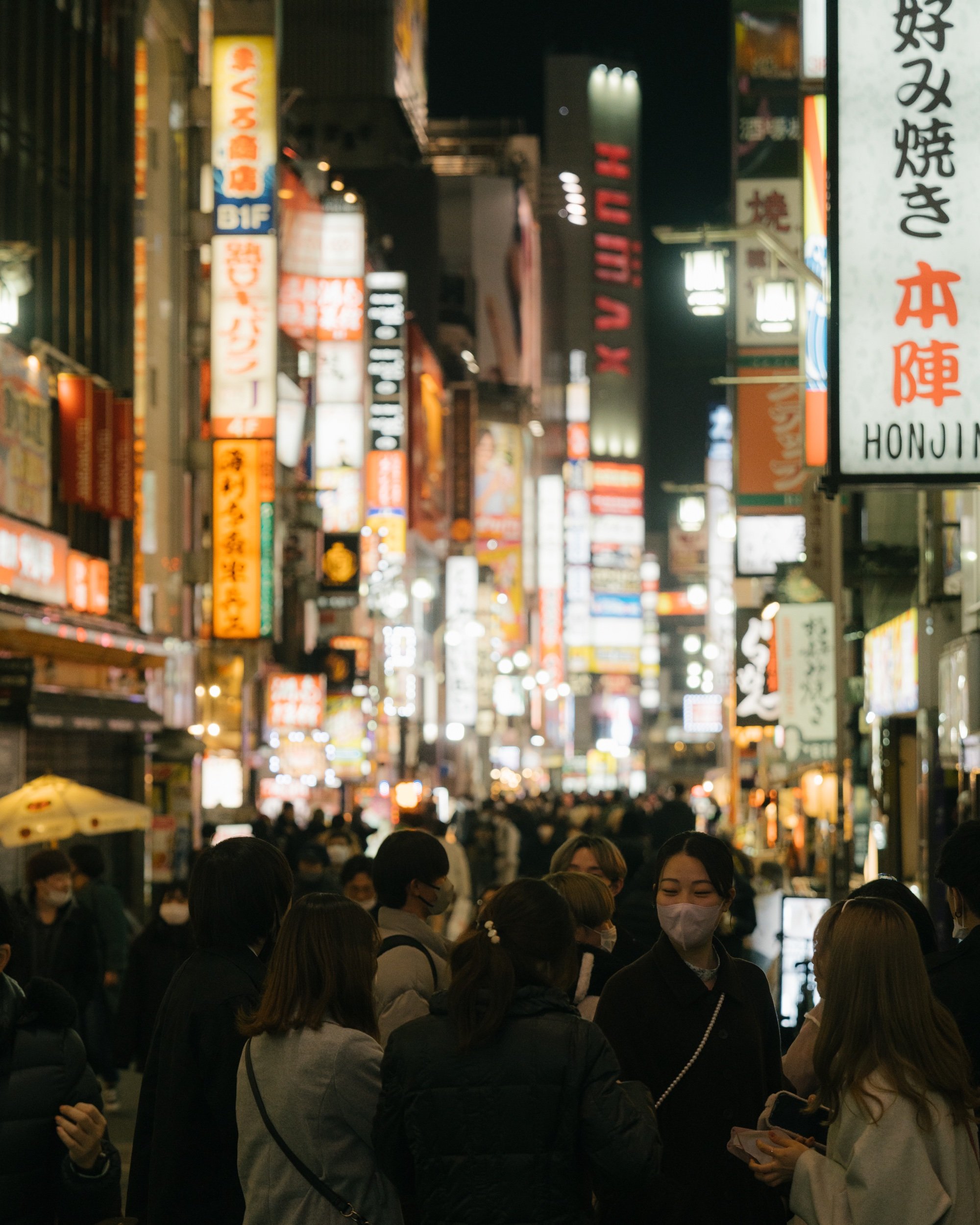
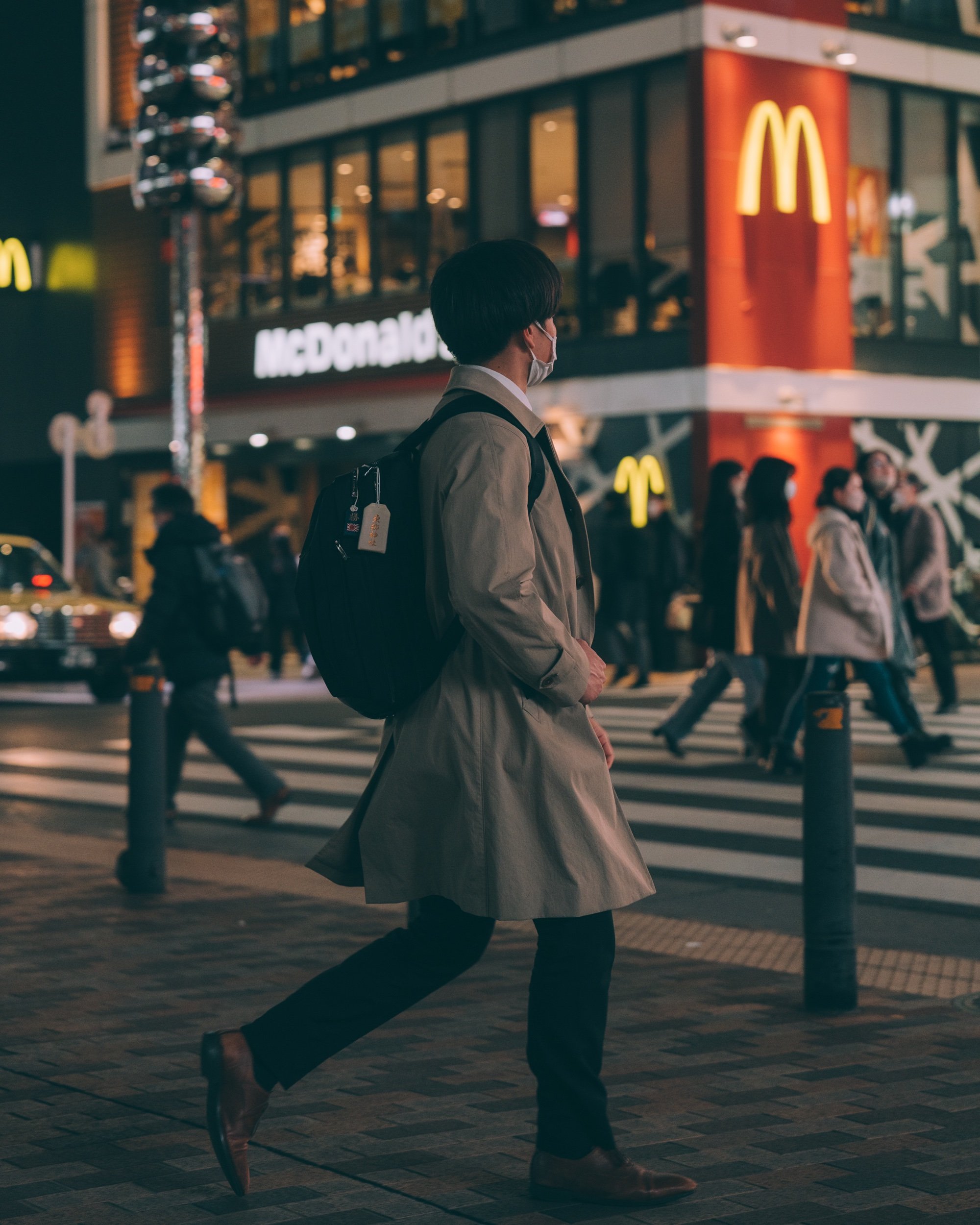
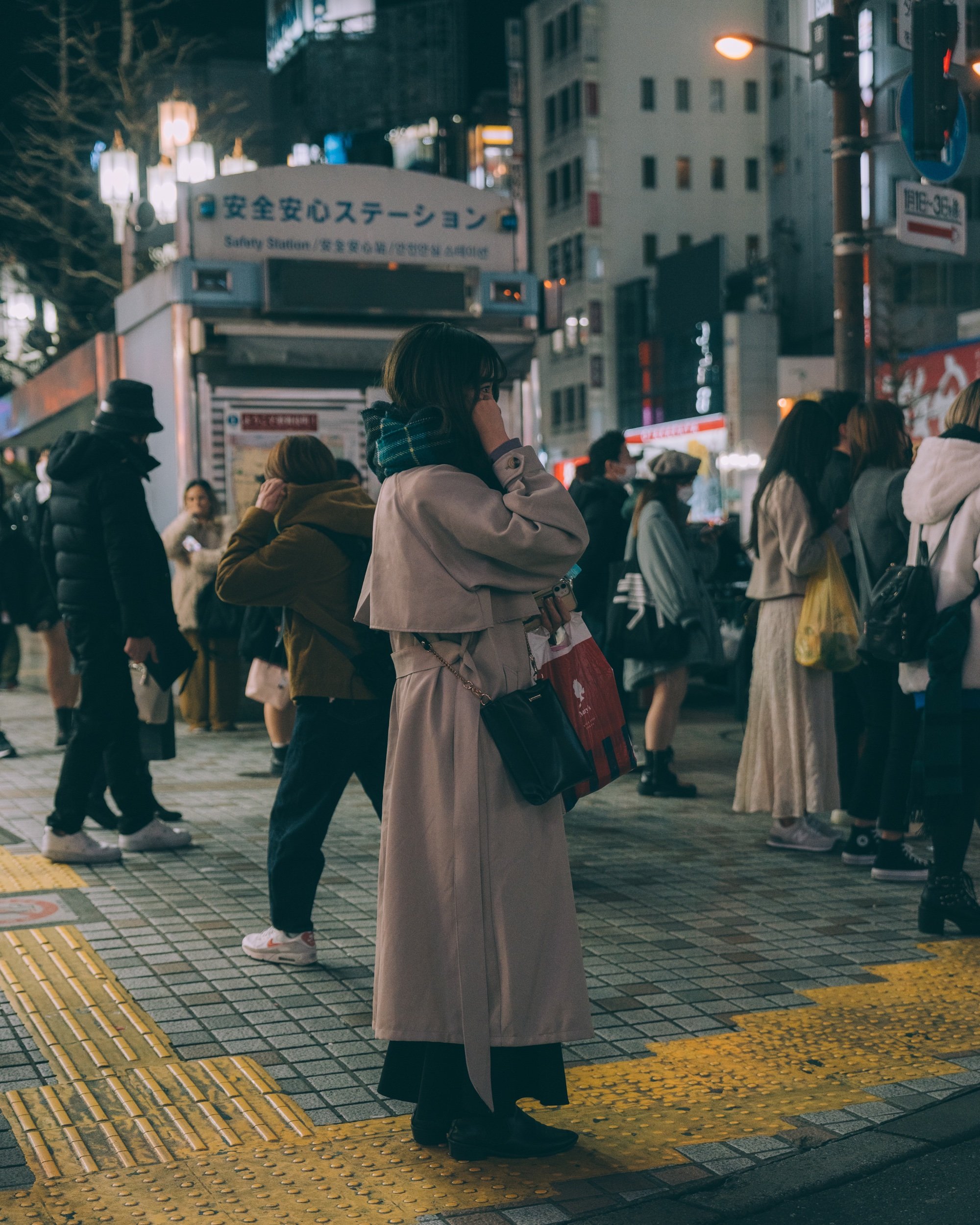
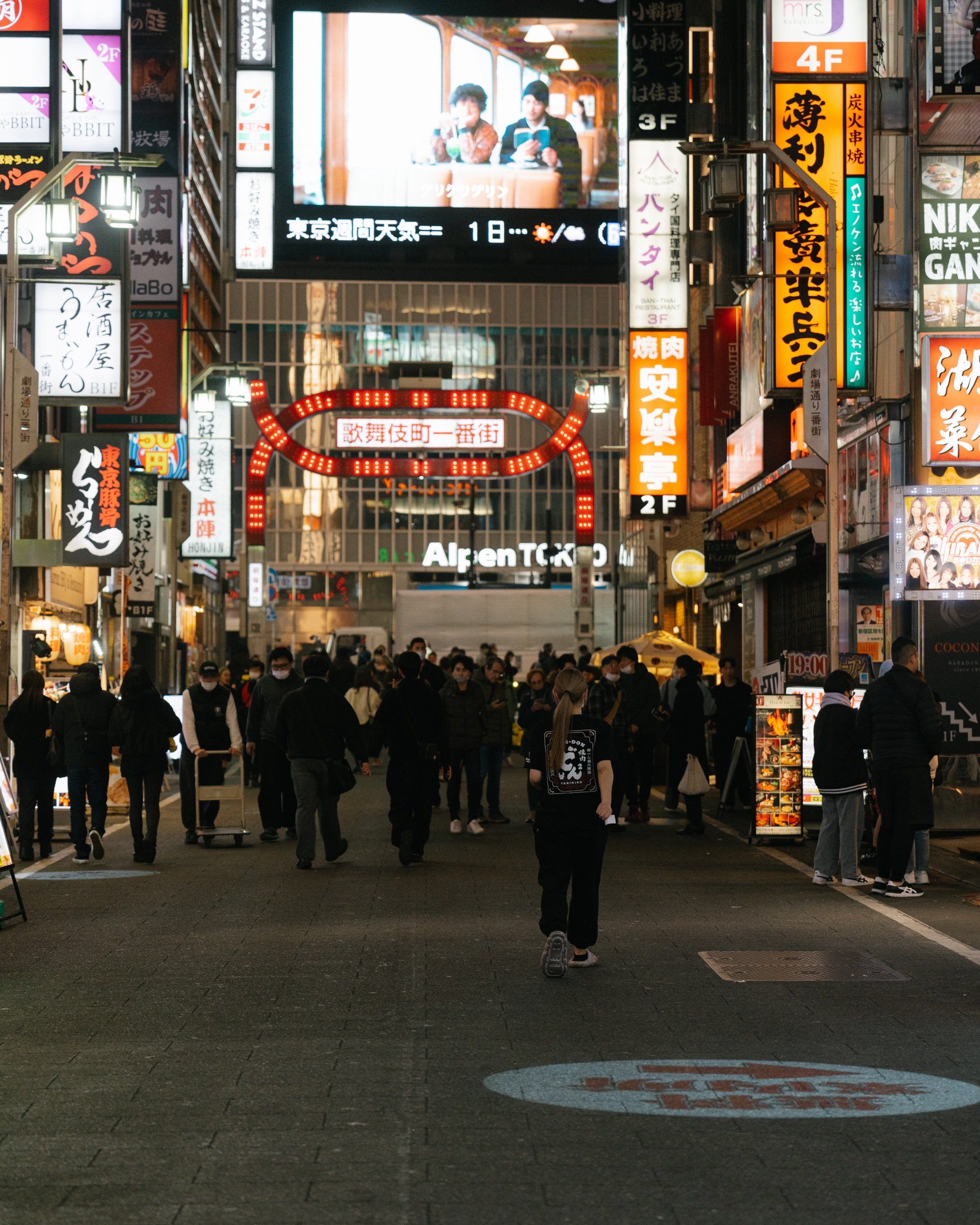
My full itinerary started on the day after the arrival leaving Tokyo with a flight to island of Shikoku and in particular to discover and document Kochi and it’s Prefecture a less known and visited area of Japan.
Kochi is the capital and largest city of Kochi Prefecture located on the island of Shikoku on Japan’s Pacific coast where the landscape and climate it feels like in the Mediterranean.
First impressions of Kochi
Arrived in Kochi around lunch time as I like to do when I’m visiting a new country I like to taste and discover the local culture and food so after as short tram ride and walk I visited the Hirome market not far from Kochi Castle. The market is composed of 65 stalls to enjoy an array of local and international cuisine but it’s well known for their Katsuo No Tataki probably Kochi’s most famous food. Katsuo no tataki is a deliciously strong dish of skipjack tuna grilled over a straw flame.
Preparing and cooking of Katsuo no tataki.
Kochi Castle 高知城, Kōchi-jō
The castle was built in 1611 in the city and is currently one of only 12 Japanese castles remaining in authentic conditions.
The curved eaves of the roof earned it the nickname 'Falcon Castle'. As one of only twelve intact castles in Japan, Kōchi Castle was formerly designated a National Treasure (国宝) before the 1950 National Treasure Protection Law (文化財保護法施) was enacted. Much of the original fortress burned down in 1727; it was reconstructed between 1729 and 1753 in the original style. During the Boshin War, Kōchi escaped any damage, and the castle was also exempted from the post Meiji restoration orders to destroy all remaining feudal fortifications.The castle also survived World War II unscathed, and underwent major restoration from 1948 to 1959. Though no battles were fought at the castle, it is noteworthy because the castle is the original structure, and not a post-war replica. It is also the only castle in Japan to retain both its original tenshu, or keep, and its palace, the residence of the local daimyō. In fact, it is the only castle to have all the original buildings in the honmaru, or innermost ring of defense, still standing.
Godaisan
is a small sacred mountain that rises to the east of downtown Kochi, that offers precious views of the city, on the Pacific Ocean and more. Wasn’t in my itinerary at the beginning but I’ve decided to visit it and it was a very interesting discovery especially being immersed in nature and the quiet Chikurin-ji Temple below a series of images taken in the area.
Chikurin-ji temple is temple number 31 of the Shikoku 88 Temple pilgrimage and one of the loveliest temples I have seen during my time in Japan. Is easily accessible by public transport in about 20 minutes traffic permitting and same for Kochi city all the main attractions can be visited by foot or using the public transportation.
Godaisan observatory
The observatory is located on the Mt. Godaisan just outside of Kochi City. From here, it’s possibile to enjoy a full view of a panorama merging nature with the city including Kochi Harbor and the Kagami River.
It is very close to Chikurin-ji temple and can be reached in a few minutes on foot took a walk back to the city instead of the bus as it was so nice to witness the night fall while getting closer to the city again.
Kochi City
Yusuhara (檮原町)
Known as town above the clouds, with surprising architectural marvels Yusuhara is a little town surrounded by mountains and rivers in the Japanese countryside. One big draw are the six buildings designed by renowned architect Kengo Kuma: Yushuara Community library, Wooden Bridge-Shaped Art Gallery, Yusuhuara town hall, Yusuhara Marche.
These beautiful structures are all made from locally-sourced wood and it is said that Kuma's inspiration to start using wood as his main material was prompted by a visit to the town's retro theater, Yusuhara-za.
Osaka 大阪市 Ōsaka-shi
Last stop of my assignment easily reached from Kochi by fast trains including the Shinkansen changing at Okahama station in less than 4 hours. I spent only half a day in this city seeing particularly: Osaka Shinsekai area, Osaka Castle and Dotonbori. Historically a very important city for trade in Japan I found it very modern despite the heavy impact it suffered during World War II it has retained its history.
More contents on my Instagram profile: @davideor94




